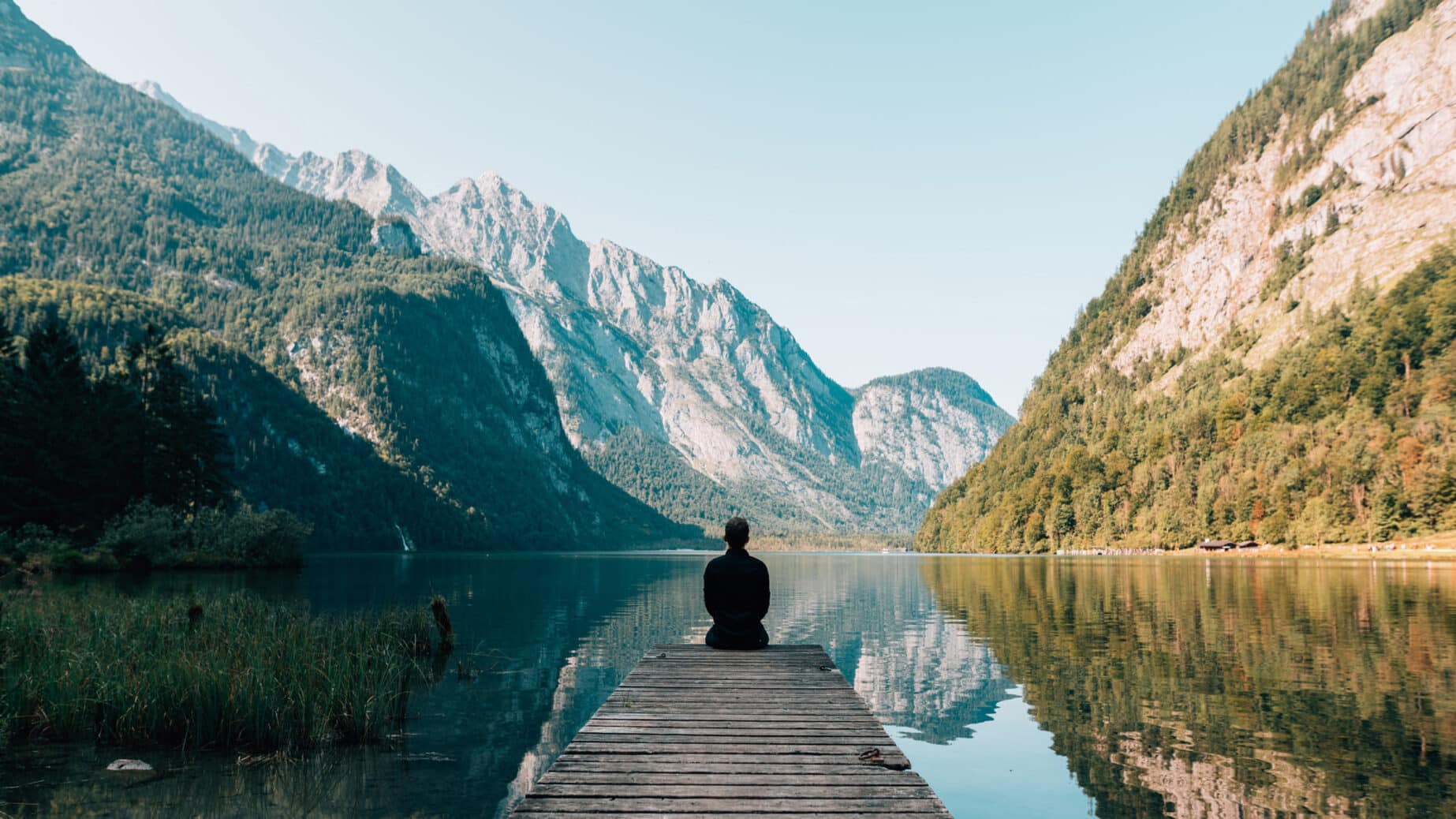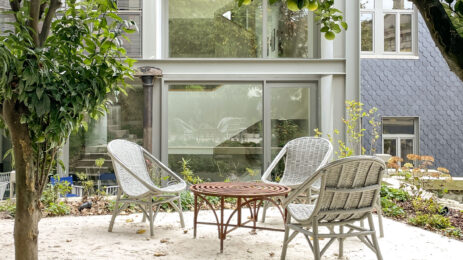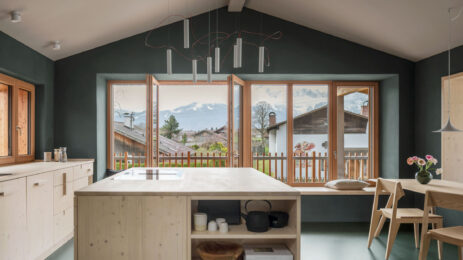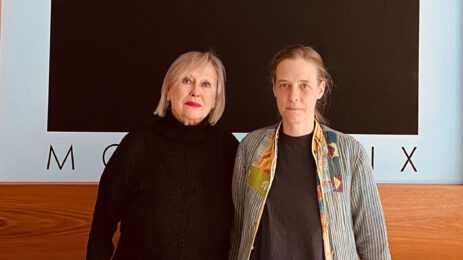Things you (do not) need
What really is luxury? The change in meaning of a term in the course of recent history.

The other day, my neighbour told me about the villa they had rented together with another family on holiday – about the pool, the fitness room and the air conditioning, without which, she said, the heat would really have been unbearable. We were happy to indulge ourselves in this luxury, she added. Luxury?, I thought.
According to the Duden dictionary, luxury is “a costly, wasteful, beyond the normal scope … not necessary, pursued only for pleasure”. This purely material understanding of luxury describes what was considered luxury for centuries: expensive possessions with which the wealthy were able to adorn themselves and demonstrate their power. There is talk of ostentation and lavish opulence – the intention was to show off one’s status within society. Certainly, status symbols still exist and always will – but the meaning of the word luxury has meanwhile shifted to a more contemporary understanding: Mostly, luxury is no longer understood as excessive consumption, but rather as immaterial things, values and responsibility. Moreover, luxury is a relative term: Not only do we in the Western world live luxuriously compared to people in Third World countries, but there also is a very wide range of what is understood by luxury in our country. While one person considers staying on their own yacht to be something completely normal, for another person a warm shower or even a safe place to sleep is pure luxury. So, is luxury a question of perspective – or in other words: In view of the affluence in which we live, can we still experience anything like luxury at all?
“Luxury is not the opposite of poverty, but the opposite of ordinariness,” fashion designer Coco Chanel said about luxury. For her, luxury was something extraordinary. While Chanel probably meant a style that was not ordinary – one can also read the quote as meaning that luxury does not necessarily mean the possession of material goods, but rather an attitude towards life, or in a more contemporary sense: quality of life. Something that one cannot afford in “ordinary” everyday life – that can be champagne, of course, but also the leisure to read a good book, that can be a beautiful place or even the family one rarely sees. In his 1996 Spiegel article on the future of luxury, Hans Magnus Enzensberger describes luxury as everything that is scarce and therefore desirable – and these are not necessarily objective things, but in particular time, peace, space, security or even the environment. According to him, the future of luxury lies “not, as before, in multiplication, but in reduction, not in accumulation, but in avoidance.”
In the “New Luxury”, the representation of wealth is increasingly taking a back seat to things that have a positive effect on us and our environment: Quality is more important than quantity, reduction and downsizing, less clutter and an accompanying reduced style of living are the new luxury. Status symbols are increasingly being replaced by durable, timeless things that are compatible with sustainable living and fair living conditions for the world’s population. It’s about transparency, work-life balance and also a shift from possessions to unique experiences, so-called “money-can’t-buy” experiences. And already there is talk of a new era of luxury: of “neo luxury”, which promotes trends such as sharing, digital detox or mindfulness as the new luxury. Once again, it becomes clear how far the new understanding of luxury has moved away from the traditional definition of luxury.
And what does all this have to do with holidays and architecture? Well, of course, having a holiday is a luxury in itself – we have twice as many days of holiday in this country as workers in Japan, for example. Moreover, holidays are a time when most people want to reward themselves for their stressful everyday life and enjoy themselves – preferably in beautiful surroundings and an architecturally suitable abode. For some people, air conditioning or a whirlpool will certainly remain a must – but more and more people now regard luxury as something completely different: Reduced simplicity is preferred, almost empty rooms are perceived as luxury, peace and nature are appreciated. Although simple is not to be equated with uncomfortable, but with reduction in terms of: There is nothing that offends the eye, the furnishings are harmonious and of high quality, possibly with individual design pieces, but without superfluous frills. In addition, the leisure that one should have on holiday offers the opportunity to discover things, to experience the beauty of nature and to let oneself go. Personally, I am now enjoying what’s left of a long weekend – the greenery of nature, in the mountains, with a view of the countryside. Wonderful, this peace. And no plastic chair to offend the eye. What a luxury.
Text: Tina Barankay, October 2021
About the author: Tina Barankay has been combining her passion for aesthetics and design with her professional activities for many years, among others as an editor for the architecture magazine DETAIL. As a freelance journalist and consultant, she publishes articles, produces publications and designs communication concepts in the fields of architecture, interior design and design.





5 Comments
Aber merkwürdig, mit welchen Fotos UA den Beitrag begleitet: großer Pool, kleiner Pool, und die allerorts üblichen Plastikstühle, auf die die Autorin so gern verzichtet!
Antwort der Redaktion:
Liebe Karine, vielen Dank für Ihren Kommentar! Unsere "Position” ist eine subjektive Reflexion zum Bedeutungswandel des Begriffs und möchte nicht als allgemein gültige Luxusdefinition von UA erscheinen. Ob nun ein knarrender, alter Holzbalken oder ein Eames-Stuhl aus Plastik, ein Pool oder kein Pool die Herzen unserer Gäste und Gastgeber höher schlagen lässt, ist, so finde ich, auch eine Facette von Luxus: die Freiheit des individuellen Geschmacks.
Britta
Danke für diesen wunderschönen Artikel. Er etappte mich in meinen Gedanken, ob denn das vorgesehene Urlaubsquartier für meine Familie, in nächsten Jahr zum dritten Mal bestehend aus Urgrosseltern, Großeltern, Enkeln und Urenkeln, nicht zu luxuriös ist. Tina, Du hast meine Bedenken zerstreut, denn es kommt ja auf den Betrachtungswinkel an, nicht nur auf die Ausstattung. Unser gemeinsamer Urlaub, auf den sich alle freuen…. das ist unser Luxus.
Danke für dieses schöne Feuilleton. Luxus – ja, auf einer anstrengenden Reise eine Stunde Zeit auf Meer zu schauen, auf ein schönes Bild in einem Museum oder einfach Zeit zu haben, den Wolken zuzuschauen. Danach kann der Job und der Stress weitergehen.
Übrigens eine nette Idee, die allein schon inspirierenden Bilder von Ferienhäusern durch Gedankensplitter zu ergänzen. Das passt zu Urlaub und Ferien – mal über etwas nachzudenken, was ein wenig jenseits des üblichen Weges liegt.
Liebe Tina, danke für deinen Beitrag und den Verweis auf den Spiegel-Artikel von Hans Magnus Enzensberger, den ich mit großem Interesse gelesen habe.
Mir fällt in dem Zusammenhang ein Buch ein, in dem von einer besonderen Immobilie die Rede ist, der "Casa Malaparte" auf Capri.
Ein Besucher soll den damaligen Besitzer und Autor auf der Dachterrasse gefragt haben, ob er das Haus selbst entworfen habe, worauf er sinngemäß geantwortet hat: "Nicht das Haus, aber die Landschaft, die es umgibt". Bilder und Filmausschnitte zur "Casa Malaparte" zeigen die von Enzensberger und Dir angesprochene Reduzierung auf das Wesentliche par excellence.
Es ist nicht notwendig darauf zu warten, dass die "Casa Malaparte" nachhaltig saniert ins Portfolio von "Urlaubsarchitektur" aufgenommen wird. Im Portal gibt es bereits heute eine Fülle an Objekten interessanter Architektur, an außergewöhnlichen Orten, in denen man es sich leisten kann, für einige Zeit zu residieren.
Liebe Tina,
ein wundervoll geschriebener Artikel.
Vielen Dank dafür, das gibt mir heute wieder neue Energie in einen anstrengenden Tag. Schade dass viele Menschen so blind sind und diesen ( ich nenne es )intelligenten Luxus nicht erkennen. Alles Gute Stefanie Raum